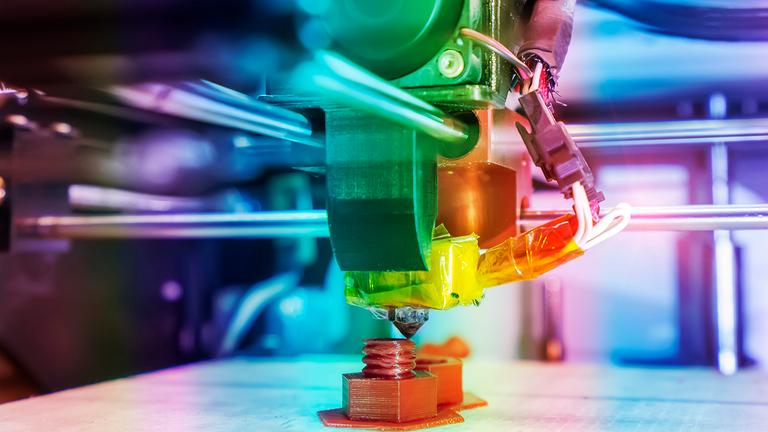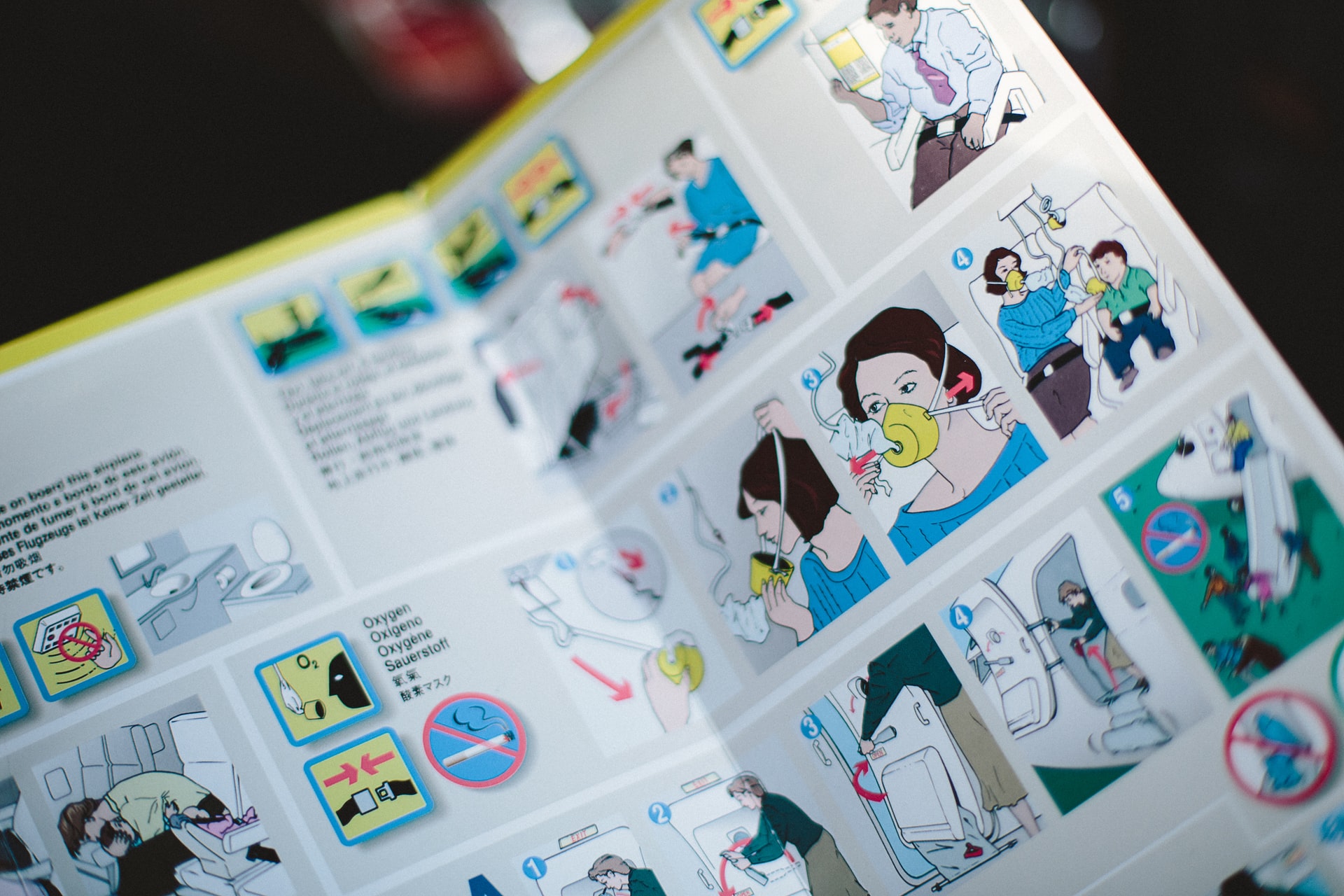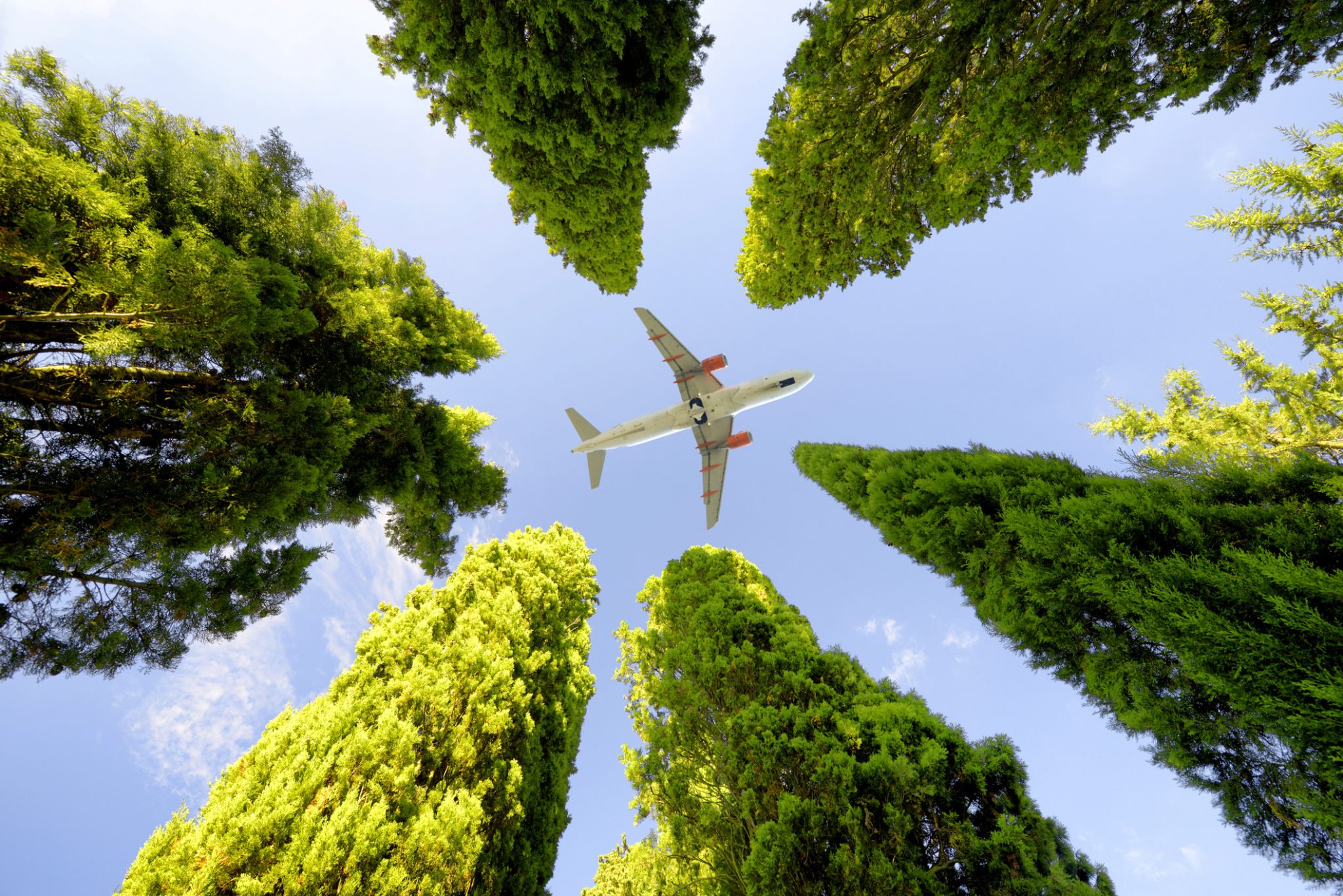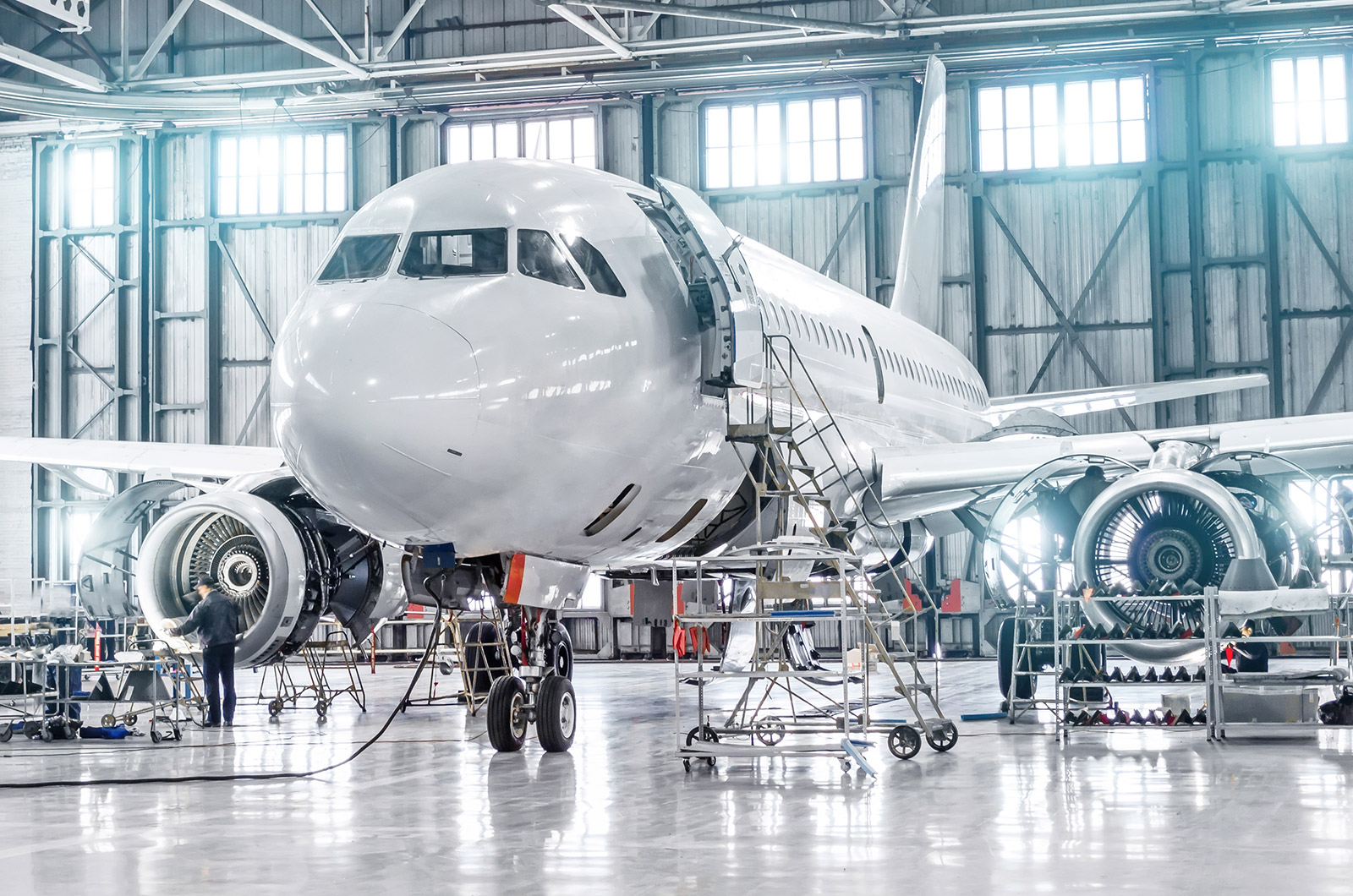The commercial and defence aviation industries have a long history of business innovation, technological leadership, and data-driven operations. These operations include aircraft maintenance activities, the parts supply chain, and detailed logistics. However, it is ironic that within such a hi-tech industry like aviation, the majority of the aftermarket services are still not leveraging digital innovation to bring value to customers. The degree of manual intervention required for aftermarket services – to ensure on-time deliveries – is an industry-defining issue.
Currently, the aviation industry is slowly but surely progressing towards a new normal in the space created and catalysed by the global events of 2020. Only by the use of artificial intelligence (AI), the Internet of Things (IoT), advanced computing methods, and augmented reality (AR) it is possible to ensure long-term sustainability and change within the industry.
Embracing data-driven technological advancements in aviation has been a topic of great importance for companies looking to improve their operational efficiency. With some technological advancements, like self-check-in points at airports being a now common service, the next step for the digitalization of the industry is already on its way in the field of aftermarket services.
Start-ups focused on addressing the issues of the sector, and looking to tap into the emerging market of digital aviation are being founded daily in hopes of becoming the next unicorn of the av-industry. One such industry player, founded in 2010, is a global aviation parts marketplace, Locatory.com, and has successfully challenged the old normal in the parts’ procurement process. Since its inception, the company has evolved to become a dominant online spare parts marketplace. This has been achieved by offering cost-effective solutions to its clients, while at the same time investing in R&D and presenting its customer base with cutting edge technology, such as their A. I. powered procurement assistant Amber AI.
By employing advanced e-commerce and data processing solutions, Locatory.com has successfully leveraged the benefits of digitalization to reduce delivery times considerably. Updated algorithms and systems opened up possibilities for clients to list their stock in record-breaking times. Additionally, by taking on clients from all over the world, the company has offered its clients an intelligent and flexible, yet cost-effective solution to procure and deliver spare aircraft parts.
“Industrial manufacturers are steadily providing more aftermarket services—the broad category that includes the sale and delivery of maintenance, spare parts, and other value-added services. We continue to
see the rise of a technology-comfortable generation in procurement organizations; our predictions say that digital channels will continue to replace traditional ways of doing business, and reinvent old formats being used at the moment into something unseen, providing efficiency, cost-effectiveness, and price reduction while benefiting the customer in the end.” – comments the CEO of Locatory.com Dainius Meilunas.





